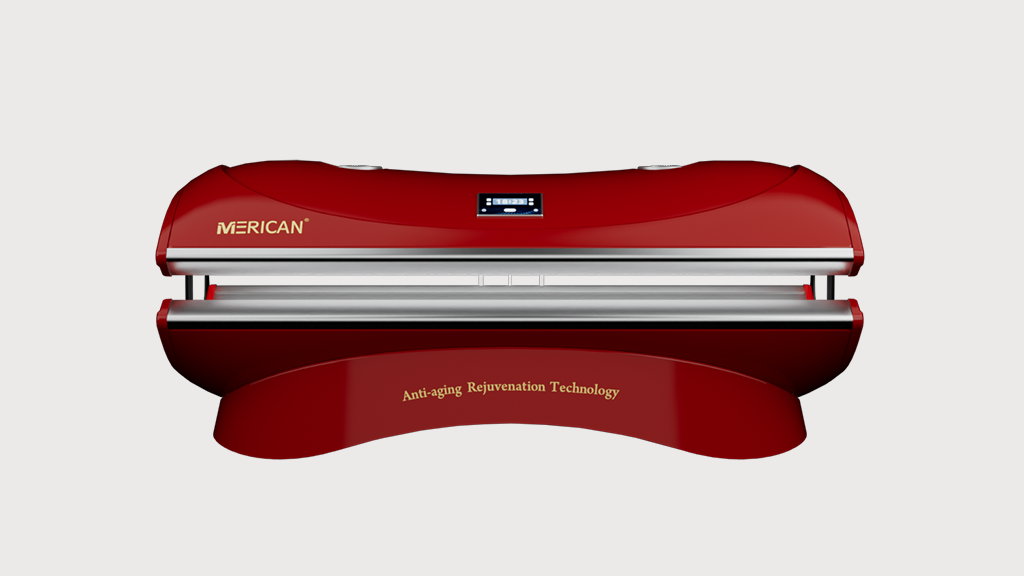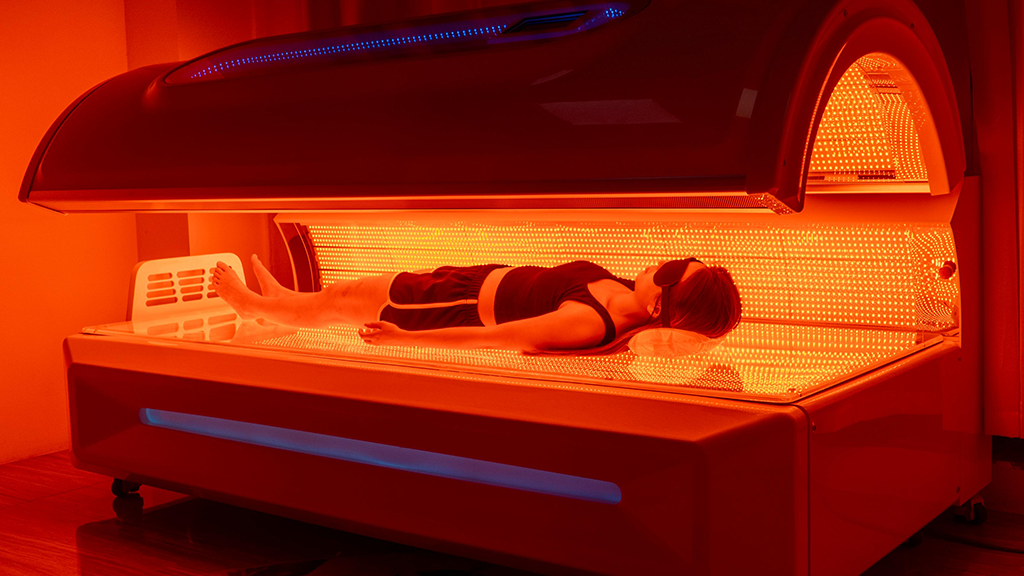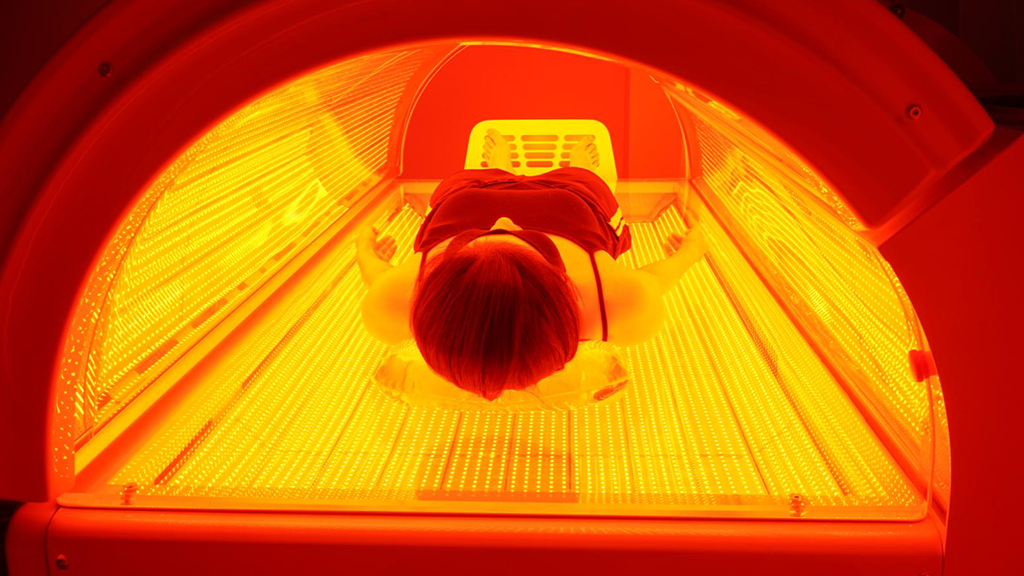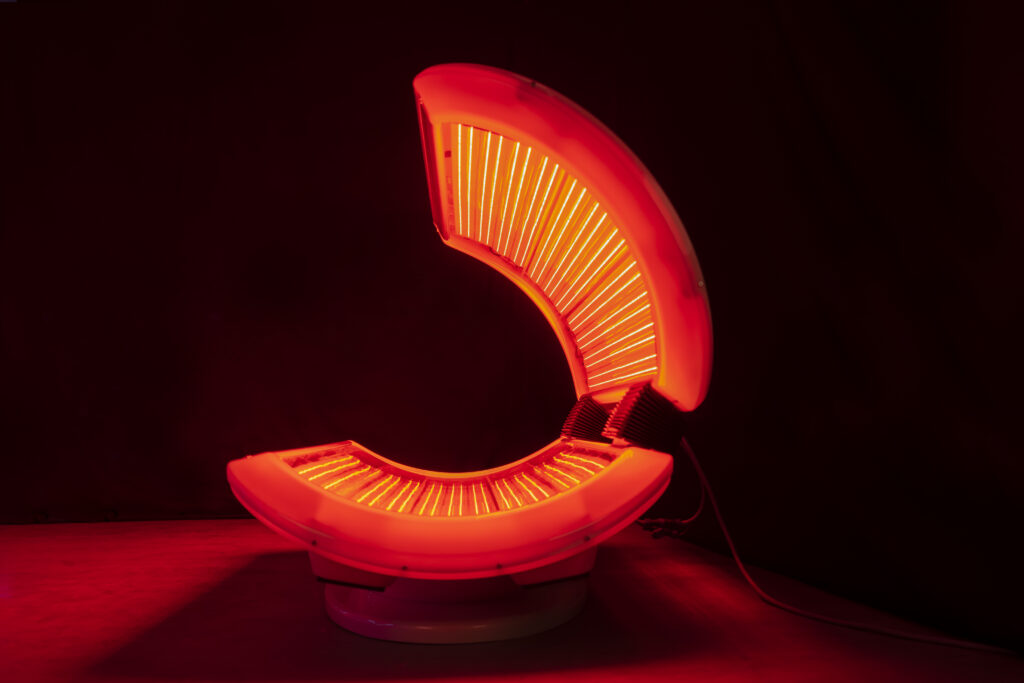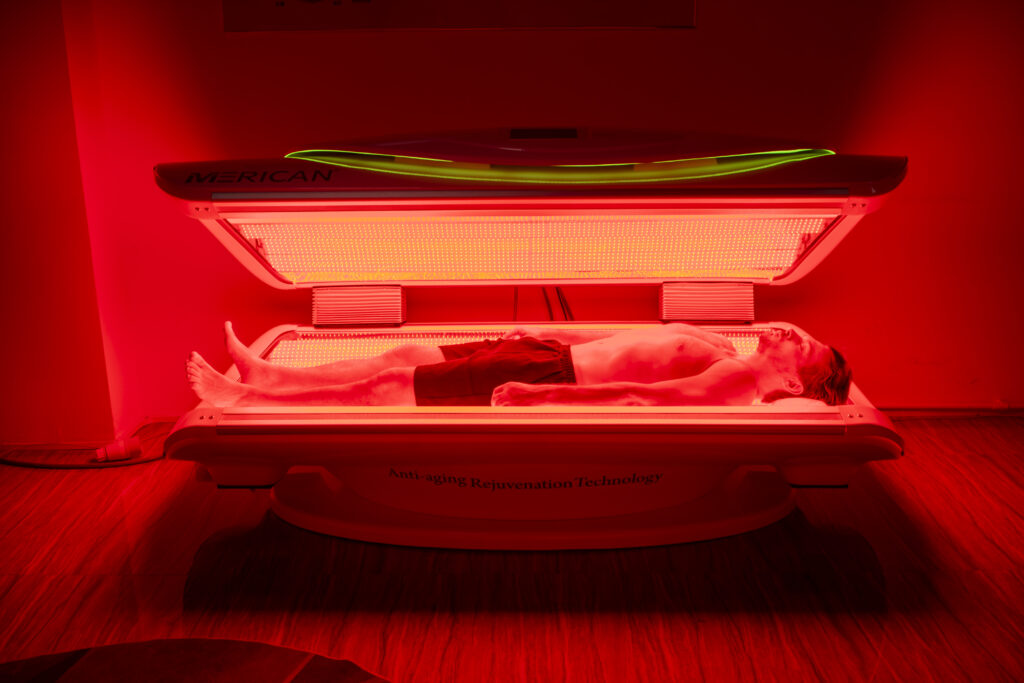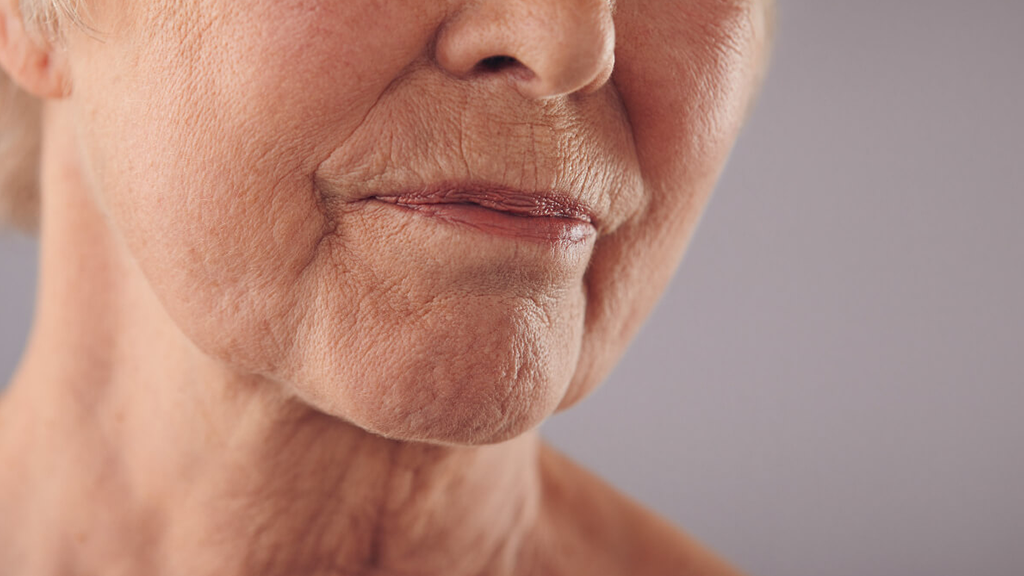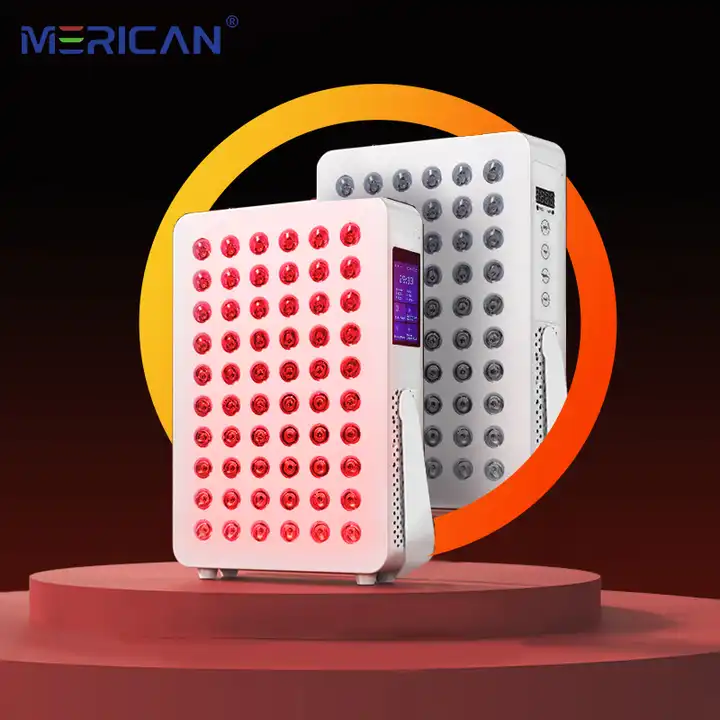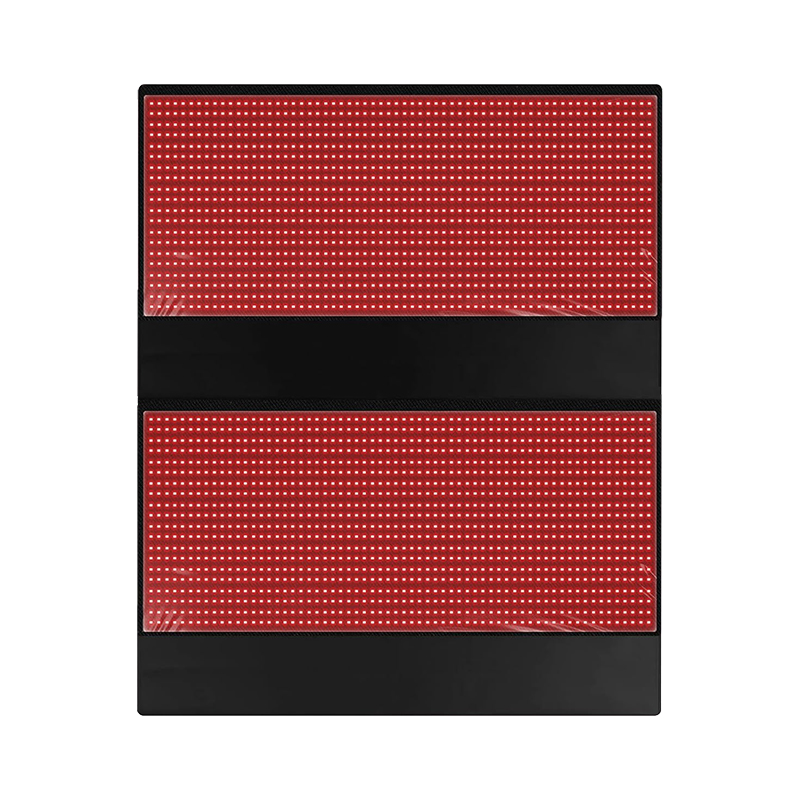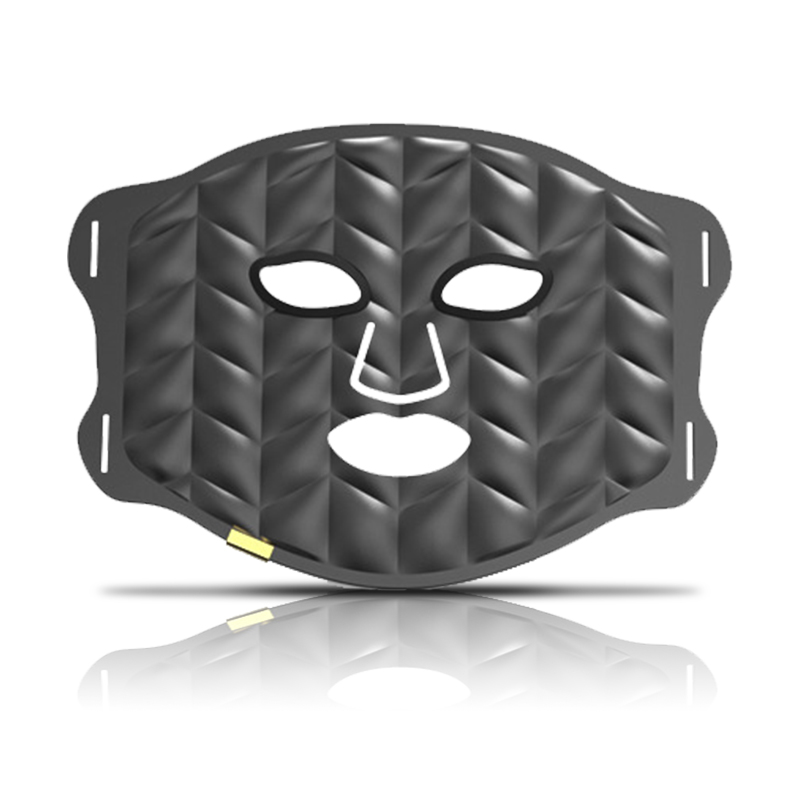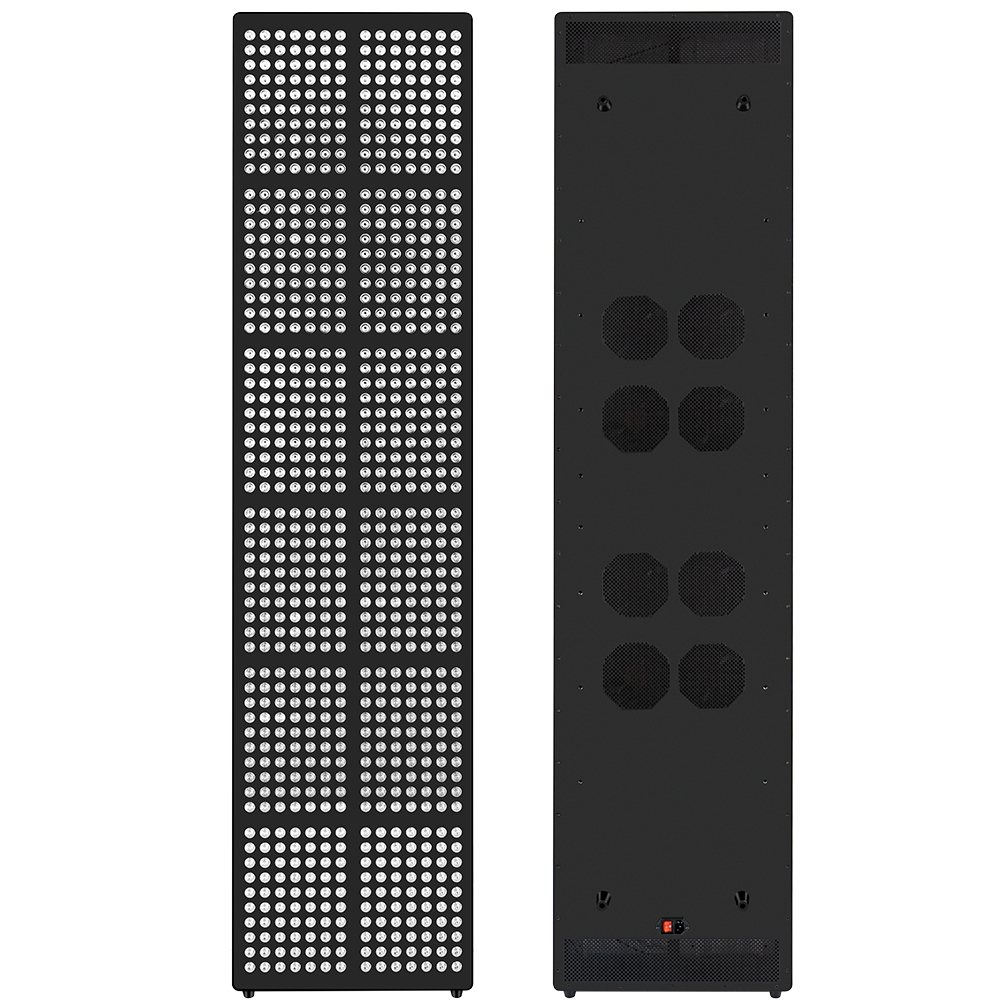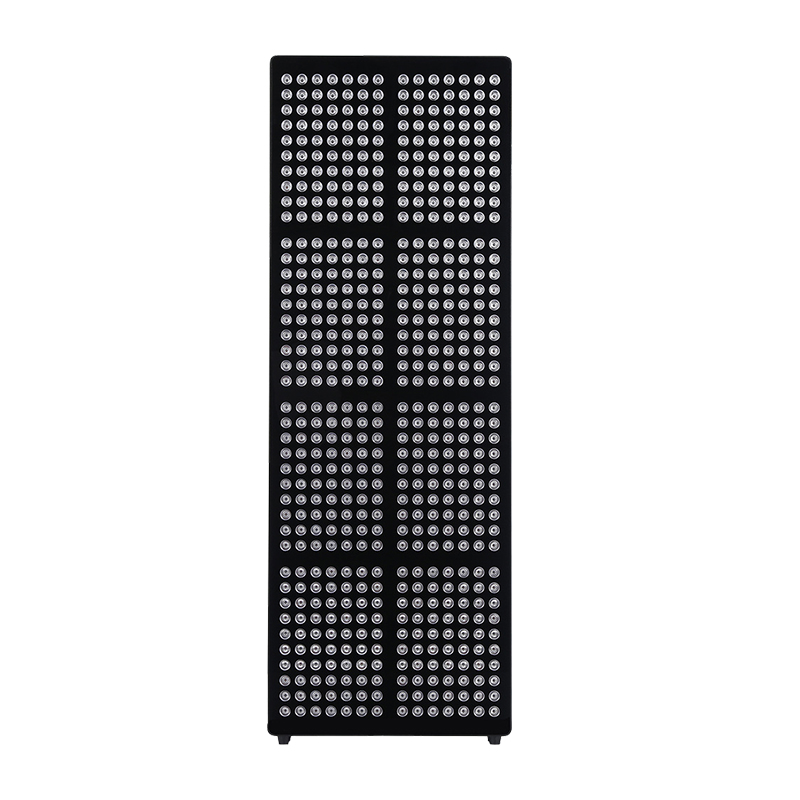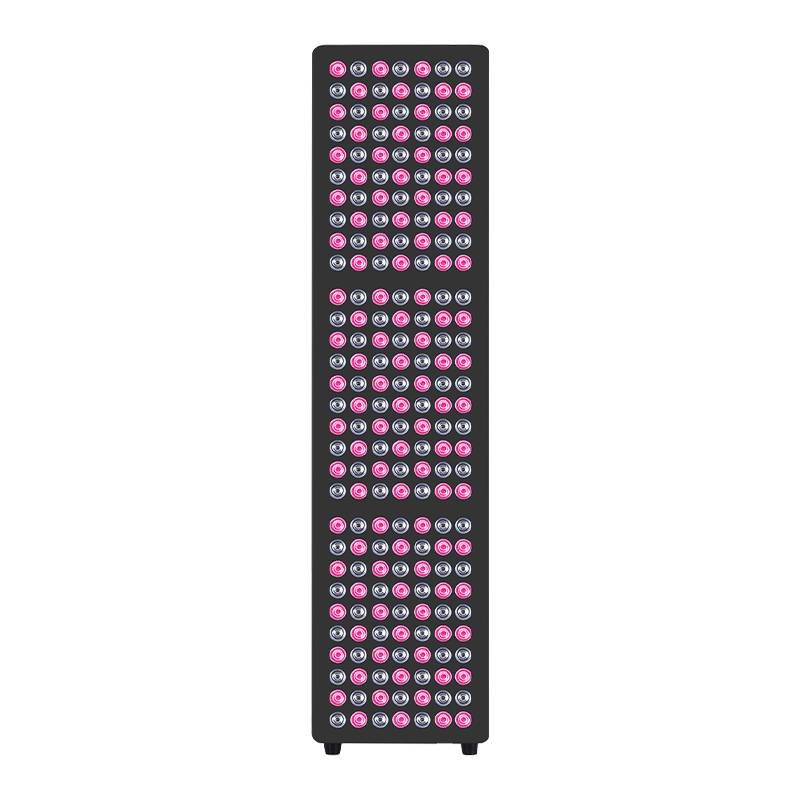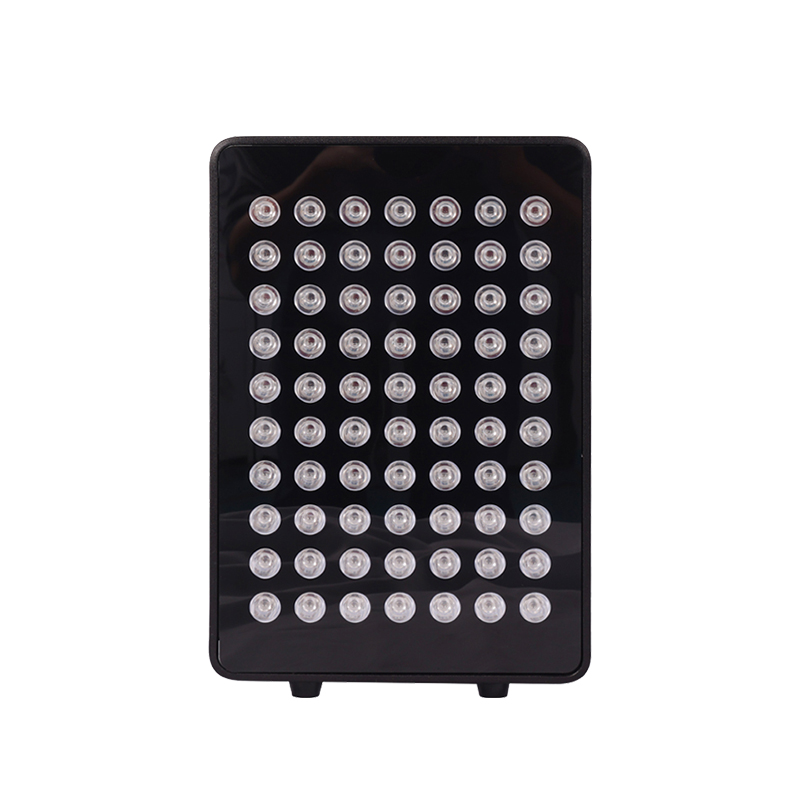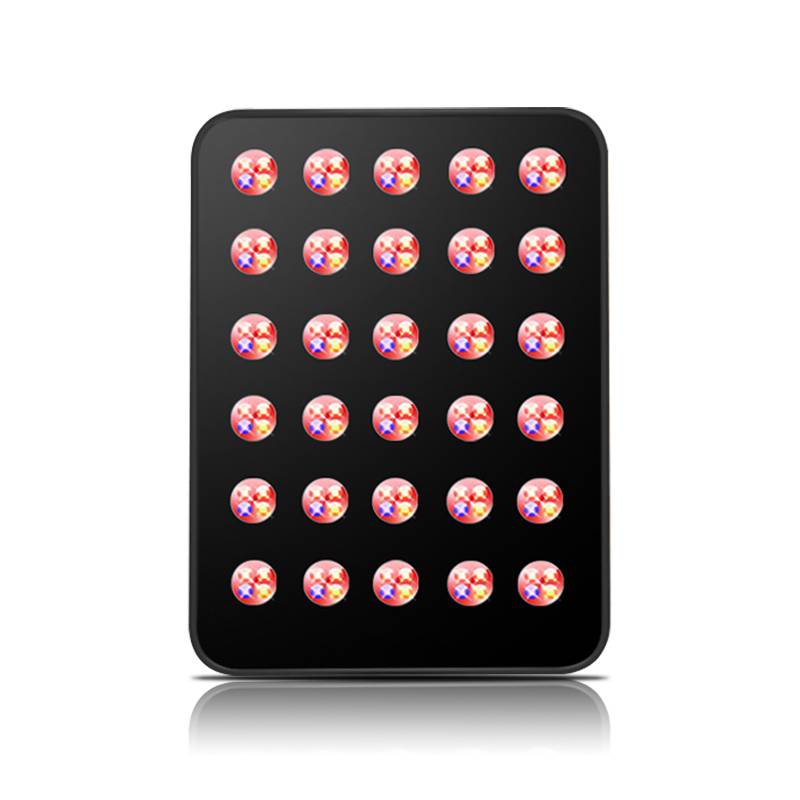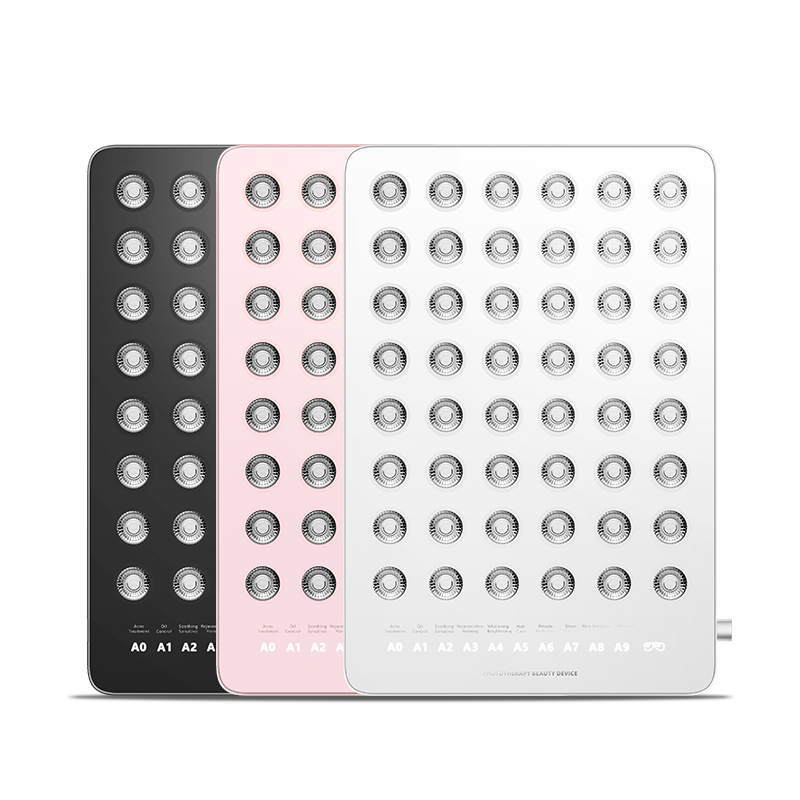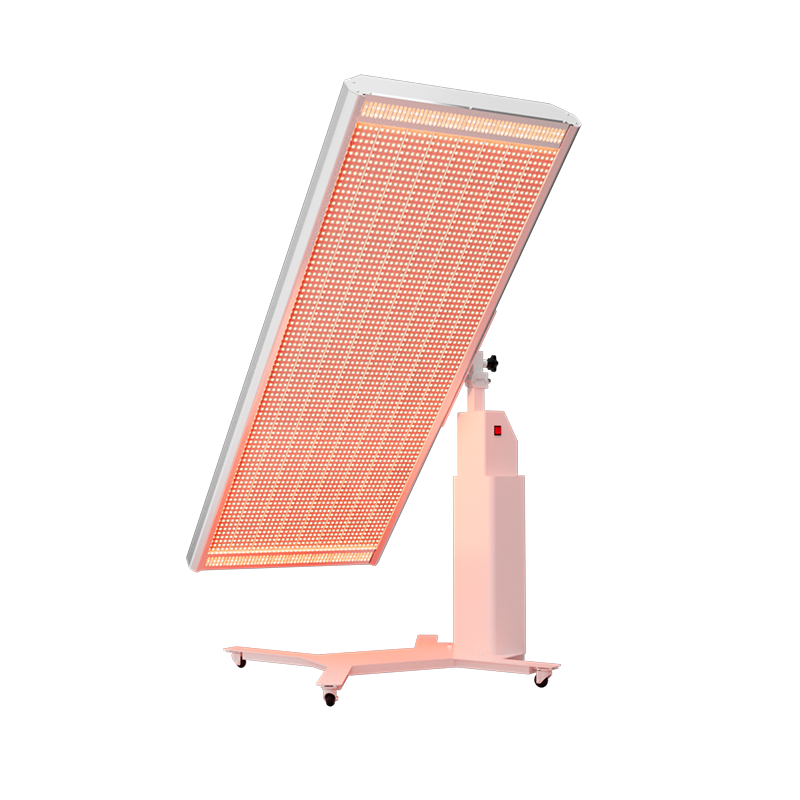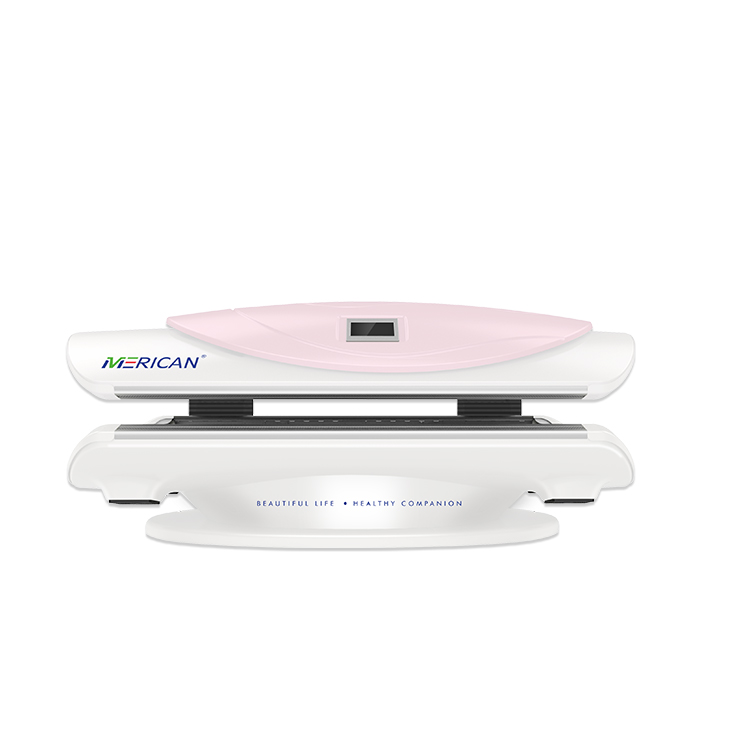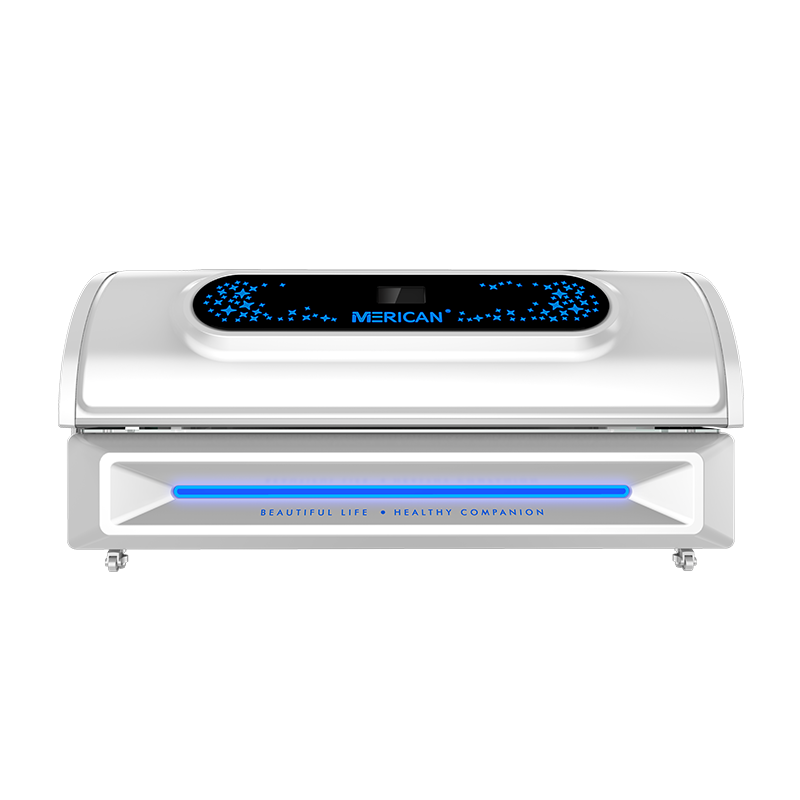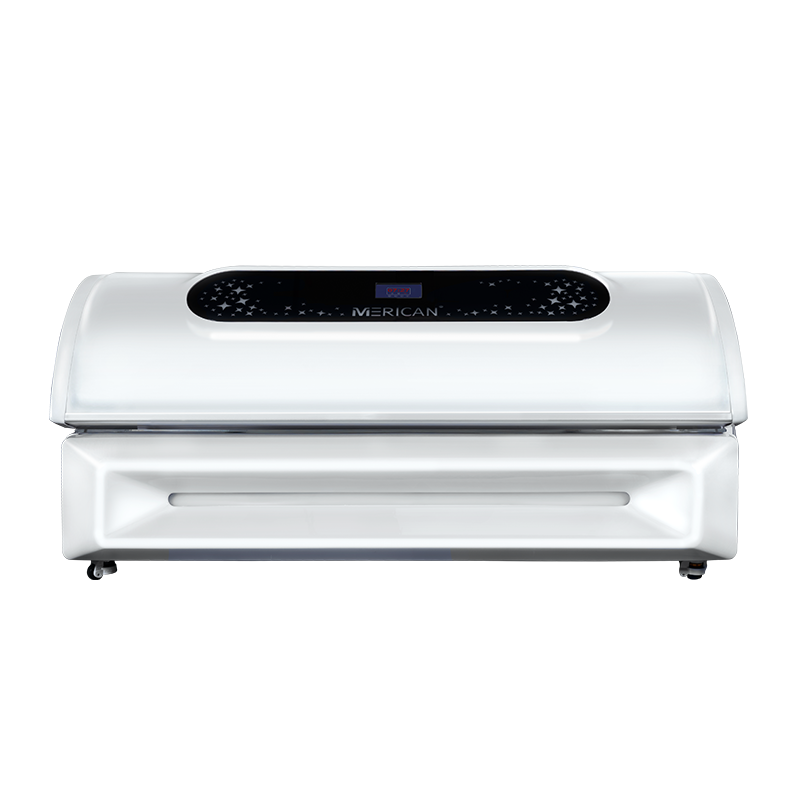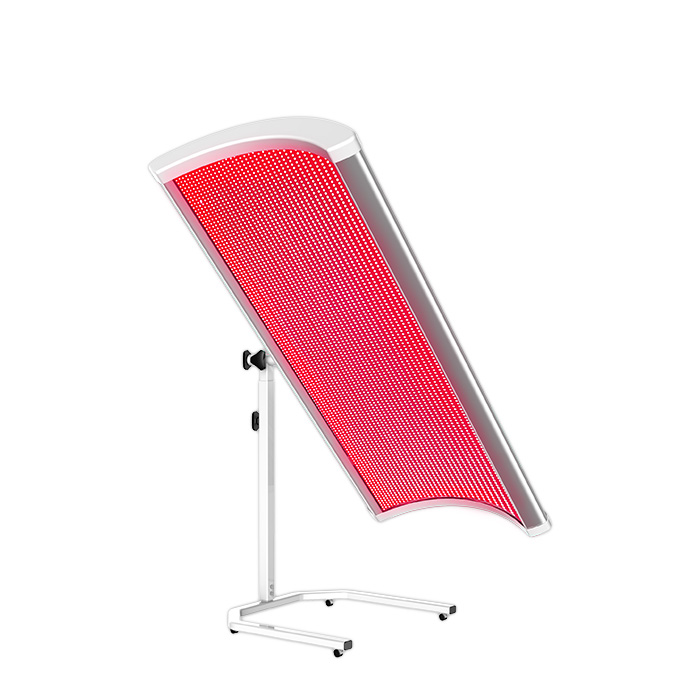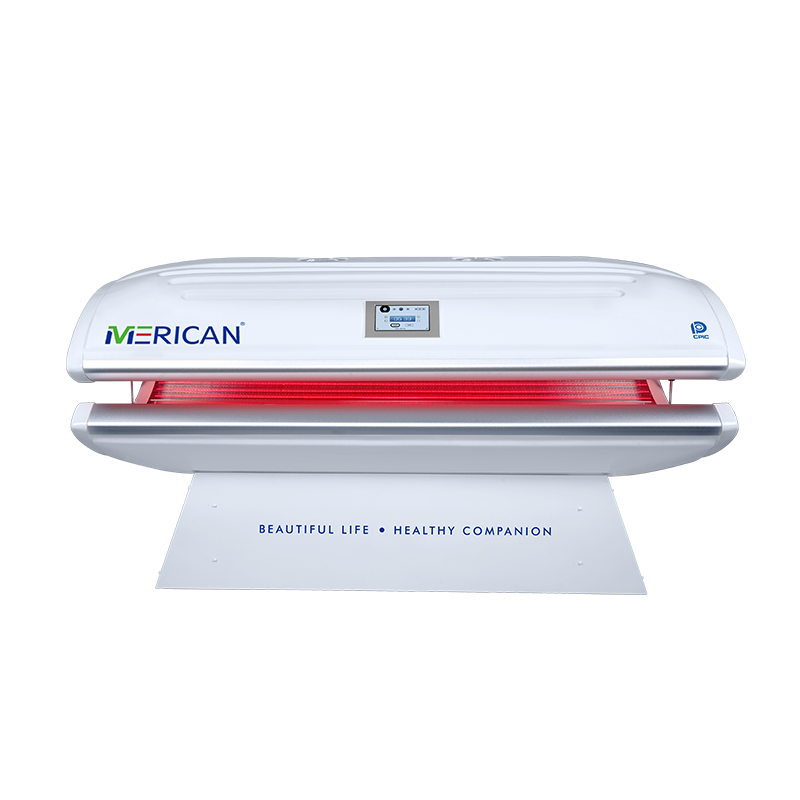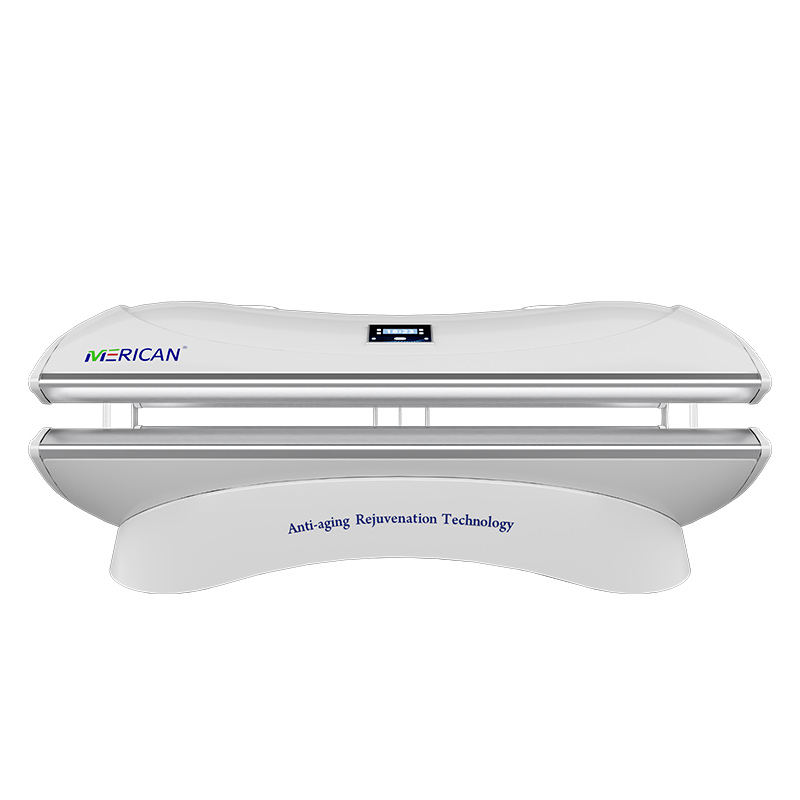Q1: Can red light therapy kill the virus or bacteria that made me sick?
A: No, not directly. The light itself does not act as an antiviral or antibiotic. Its power lies in strengthening your own immune cells, making them better at fighting off the pathogen themselves.
Q2: I have a fever. Should I use red light therapy?
A: It’s best to avoid it during an active, high fever. Your body is using energy to regulate its temperature and fight the infection. Adding another variable is not recommended. Focus on rest and cooling down. Once the fever breaks, RLT can be helpful for recovery.
Q3: What’s the best device to use when I’m sick?
A: A larger panel that can cover your chest or back is ideal for systemic immune support. However, a smaller, handheld device can be effective for targeting specific areas like the sinuses, throat, or neck.
Q4: How long should a session be when I’m ill?
A: A good guideline is 10-20 minutes per body area. For example, you might do 10 minutes on your chest and 10 minutes on your sinuses. You can do this 1-2 times a day while symptoms persist.
Q5: Can red light therapy help with a sore throat?
A: Yes. Applying red light to the front of your neck can help reduce the inflammation in your throat tissues, providing noticeable relief from pain and scratchiness.
Q6: Is it safe for children to use when they are sick?
A: While RLT is generally very safe, you should always consult your pediatrician before using any new therapy on a child. If you proceed, use a lower dose (shorter time and/or greater distance from the device) and supervise them closely.
Q7: Can it help with sinus congestion?
A: Absolutely. Shining red light over your sinuses (on either side of your nose and on your forehead) can help reduce the inflammation causing the blockage, promoting drainage and relieving pressure.
Q8: I feel exhausted with the flu. Will this help with fatigue?
A: Yes, this is one of its potential benefits. By boosting cellular energy (ATP) throughout your body, many users report a reduction in the feeling of fatigue and an increase in overall energy levels.
Q9: Should I use red or near-infrared light when sick?
A: Both are beneficial. Red light (630-660nm) is excellent for more superficial issues like sinus and throat problems. Near-infrared light (810-850nm) penetrates deeper, making it better for chest congestion, aching muscles, and systemic immune support. Many high-quality devices combine both.
Q10: Can using red light therapy prevent me from getting sick?
A: Regular use may contribute to a stronger, more resilient immune system, potentially reducing the frequency or severity of illnesses. However, it is not a guaranteed shield against infection. Good hygiene, a healthy diet, and adequate sleep remain the pillars of prevention.

